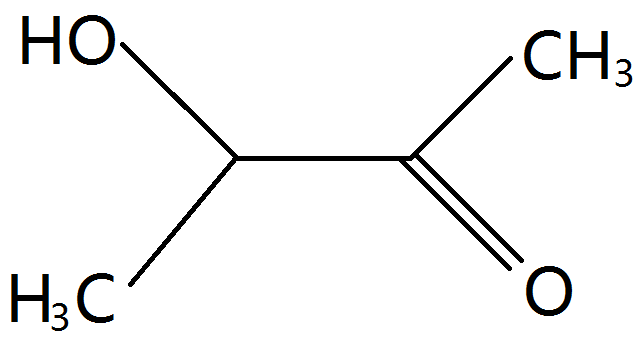Acetoin
Acetoin is an organic substance with the chemical formula CH 3 CH(OH)COCH 3 . It is easily soluble in water, soluble in ethanol and propylene glycol, slightly soluble in ether, and almost insoluble in vegetable oil. Chemical name: 3-hydroxy- 2-Butanone , also known as 3-hydroxybutanone or methyl acetyl carbinol, is an important food spice . In addition, as a platform compound, acetoin is also widely used in functional materials, pharmaceutical production and chemical synthesis. The traditional methods of producing acetoin are mainly through chemical methods, including the partial hydrogenation reduction of butanedione, the selective oxidation of 2,3-butanediol and the chlorinated hydrolysis of butanone .


Numbering system
CAS Number: 513-86-0
MDL number: MFCD00004521
EINECS Number: 208-174-1
RTECS No.: EL8790000
BRN number: 385636
Physical data
Properties: The dimer is a white crystalline powder, the monomer is a colorless or light yellow liquid with a pleasant creamy fragrance.
Density (g/cm 3 25/4℃): 1.013
Relative density (20℃, 4℃): 1.0101
Melting point (ºC): 15
Boiling point (ºC, normal pressure): 148
Refractive index at room temperature (n20): 1.4141
Refractive index (n20D): 1.417
Flash point (ºC): 50
Solubility: easily soluble in water, soluble in ethanol, propylene glycol, slightly soluble in ether, almost insoluble in vegetable oil.
Toxicological data
1. Skin/eye irritation data: Standard Draize test rabbit direct contact with skin: 500mg/24H REACTION SEVERITY: Moderate;
2. Acute toxicity: Oral LD50 in rats: >5mg/kg, no detailed instructions except lethal dose;
Subcutaneous LDLo in rats: 14 mg/kg, no anesthesia for peripheral nerves and sensory- flaccid paralysis (usually neuromuscular blockade), behavioral-convulsions or epilepsy;
Rabbit percutaneous LD50: >5mg/kg, no detailed instructions except lethal dose;
Oral TDLo in rats: 66 mg/kg/13W-C, changes in liver weight blood - normocytic nutritional anemia and total metabolism - weight loss or weight gain reduction;
3. Reproductive toxicity: Rat DOSE oral TDLo: 42 days before male mating: 12600mg/kg SEX/DURATION, affecting the father's testis, epididymis, sperm duct.
Molecular structure data
1. Molar refractive index : 22.10
2. Molar volume (cm 3 /mol) : 89.5
3. Isotonic specific volume (90.2K): 210.4
4. Surface tension (dyne/cm): 30.4
5. Polarizability (10 -24 cm 3 ): 8.76
Computational Chemistry Data
1. Hydrophobic parameter calculation reference value (XlogP): -0.3
2. Number of hydrogen bond donors: 1
3. Number of hydrogen bond acceptors: 2
4. Number of rotatable chemical bonds: 1
5. Number of tautomers: 3
6. Topological molecular polar surface area: 37.3
7. Number of heavy atoms: 6
8. Surface charge: 0
9. Complexity: 58.6
11. Determine the number of atomic stereocenters: 0
12. Uncertain number of atomic stereocenters: 1
13. Determine the number of chemical bond stereocenters: 0
14. Uncertain number of bond stereocenters: 0
15. Number of covalent bond units: 1
Applications and Uses
Pharmaceutical intermediates, edible spices, mainly used to prepare spices such as cream, dairy products, yogurt and strawberries.
Has an intense creamy, fatty , buttery aroma, with a pleasant milky aroma when highly diluted. It is mainly used to configure milk-flavored, meat-flavored and strawberry-flavored flavors, and can also be used in dairy products. It naturally exists in beer and is an extremely important variety in alcohol flavoring. It is miscible with ethanol , water and glycerol, but insoluble in fatty oil and light carbon compounds.
As a pleasant aroma substance, acetoin is widely used in the food industry. In addition, as a platform compound prioritized by the U.S. Department of Energy, acetoin is also widely used in pharmaceutical, chemical and other fields.

